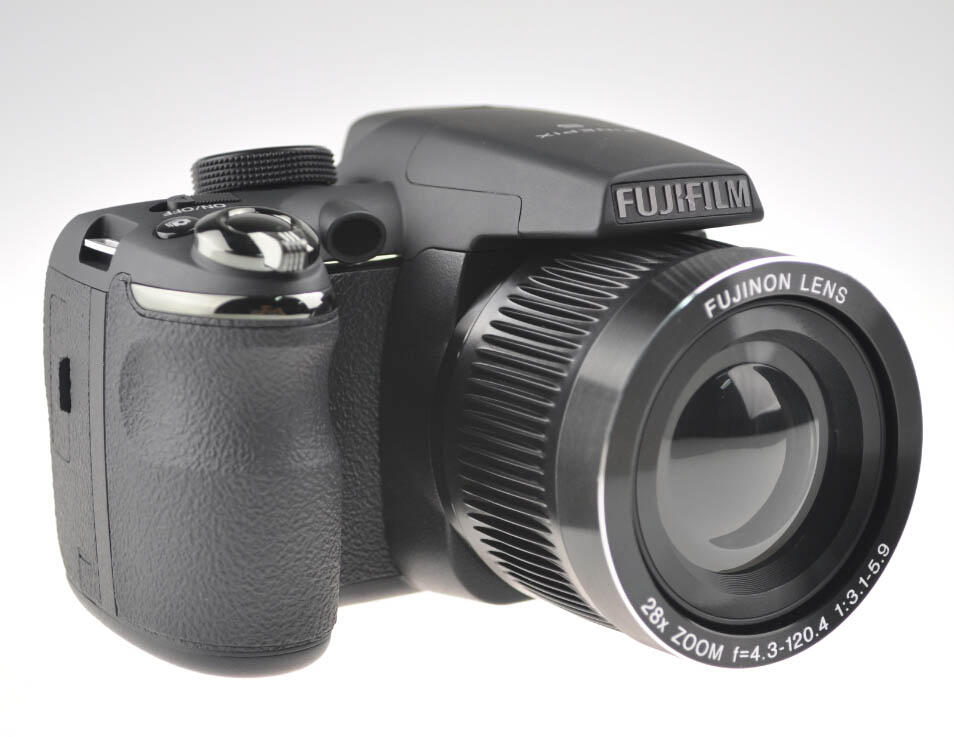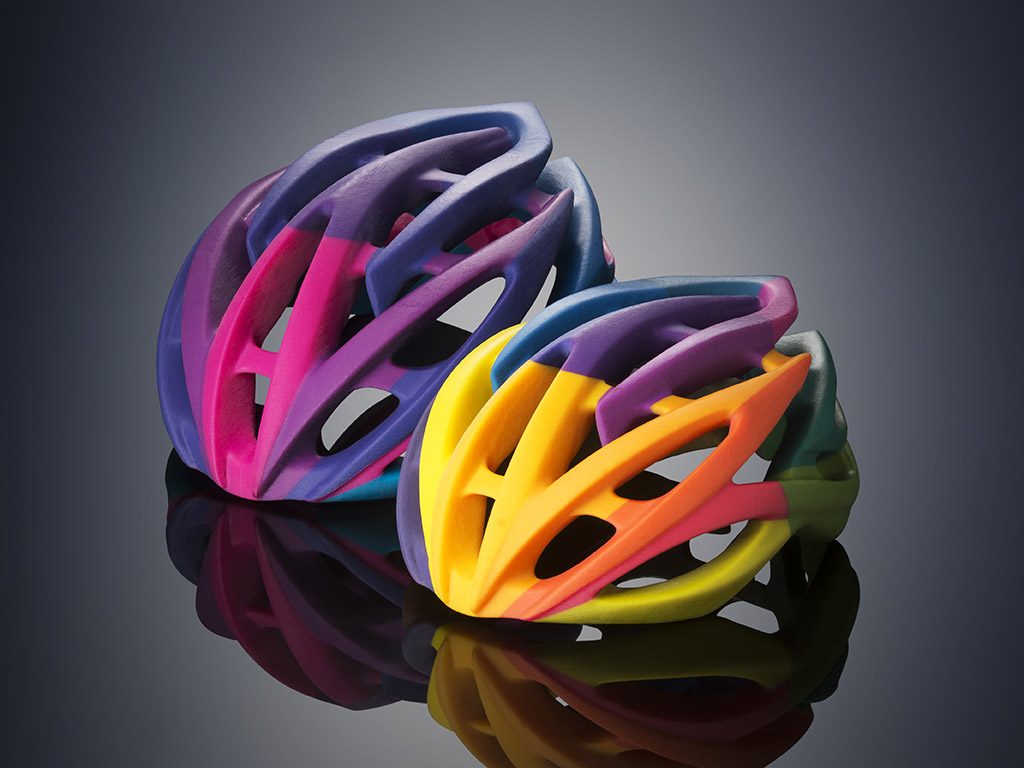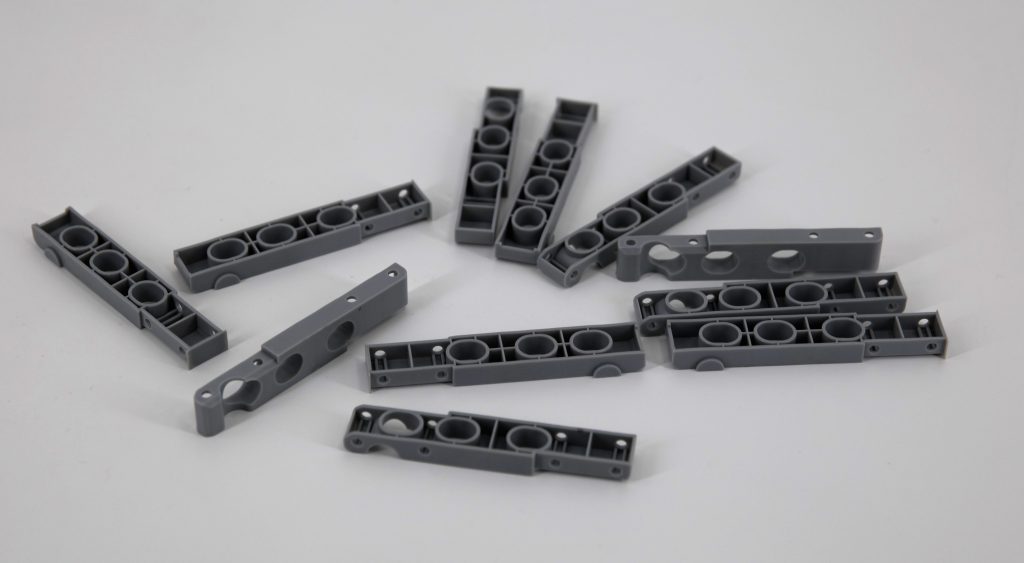
Prototyping is an important process for businesses that make things. Without prototypes, many parts, products and machinery would be difficult to make, difficult to test and may not work as they are supposed to. Prototyping is the all-important midway point between concept and manufacturing, used to ensure that a designer’s vision can, in fact, be turned into reality.
Although prototypes are used by companies of all shapes and sizes, they represent a particularly important part of the development process for young businesses. For young businesses, a successful prototype can be the difference between success and failure.
3ERP, an international prototyping specialist based in Guangdong Province, China, has created countless prototypes for young businesses, and can provide a high-level prototyping service whatever the need.
What is a prototype?
A prototype is, in short, a preliminary version of a thing. It is more than a concept but less than a finished product. It is an early-stage iteration of something that fulfills some purpose, but that isn’t intended to be sold in shops or be permanently utilized for its end purpose.
A prototype electronic device, for example, might contain most of the features of the finished product, but be missing certain aesthetic touches or complex features. A prototype engine may be made from a cheaper metal than the metal chosen for the racetrack-ready vehicle. It may not even need to work.
In general, prototypes serve some kind of behind-the-scenes function. They allow the companies who make them to carry out physical refinements, testing, evaluation and marketing in a way that designs on a piece of paper would not.
What kinds of prototype are there?
Not all prototypes serve the same purpose, and it is very important to distinguish between the different kinds. Some prototypes are simply supposed to look like a finished product; others need to function as a finished product. Businesses decide which kind of prototype they need depending on their product and the stage of the development process they are at.
Looks-like prototype
A looks-like prototype is exactly what it sounds like. Rather than attempt to mimic the function of a product, a looks-like prototype is made simply to visually represent something. Looks-like prototypes therefore do not need to contain internal detailing or functionality, and need not be subject to the most costly manufacturing processes or materials.
While this kind of prototype can’t undergo physical or functional testing, it has other very important uses. For example, a looks-like prototype can be used for market research: businesses can present their looks-like prototype to potential customers, asking for feedback on the appearance of the product.

Functional prototype
A functional prototype (or works-like prototype) is more than just a visual aid. Although such a prototype will differ to a finished product in various ways, it is designed to mimic the functional role of the product it represents. This means that if the product must, for example, bear a load or perform a motorized function, the functional prototype must be able to do those things to the same degree as the finished product.
By creating a functional prototype, businesses can achieve several things. For one, they can carry out extensive testing on the prototype to ascertain whether their product will be fit for use. This also means the engineers can experiment with functional modifications on the prototype, adapting the product as testing reveals new facts about it.
A functional prototype does not always need to be aesthetically pleasing. However, some businesses will choose to make a hybrid prototype that combines the aesthetic features of a looks-like prototype with the functional aspects of a functional prototype.

Pre-production prototype
While looks-like and functional prototypes tend to be made relatively early in the development process, pre-production prototypes tend to be made — as the name suggests — when the product is nearing completion.
Prototypes of this sort are usually created to test for any further problems that may arise during production. Because of this, pre-production prototypes are usually made using the same materials and manufacturing processes that will be used during production.
A pre-production prototype can also be used to acquire the necessary certifications for the manufactured product.

Why are prototypes important for young businesses?
Prototypes are particularly important for young businesses. Although established companies must also create prototypes for their parts and products, there is perhaps greater pressure on new companies to make preliminary versions of their creations before jumping off the deep end.
To see why prototypes are so valuable for startups and young companies, let’s first look at the advantages of looks-like prototypes and why they are particularly important for businesses in their infancy.
For startups, one of the most important routes to success — more important than simply having good ideas — is raising money. Without financial backing, it can be virtually impossible to introduce a product to the market. To acquire financial backing, startups must present their product to potential investors, venture capitalists, angels and other such figures. They must be persuasive, they must demonstrate the value of their product and they must be able to seal a deal.
But startups can expect far better results from these encounters if they can physically demonstrate their product. A looks-like prototype can be infinitely more effective than a slide show or lecture, since it allows the potential investor to hold the ‘product’ in their hands.
That’s not to say that young businesses should forego functional prototypes. Although all businesses need to ensure that their products work properly, startups who are launching one of their first products arguably have more at stake: put out a device or machine that doesn’t do the job, and the company could ruin its reputation before it has a chance to make amends.
Functional prototypes are essential for ironing out any problems with a product long before it goes to market. The more thorough the prototype, the greater the chances of removing any lingering flaws.
How can 3ERP help?
With expertise in a range of prototyping services, 3ERP is able to create all kinds of prototypes for young businesses. Its professional finishing services are perfect for looks-like prototypes, while its diverse arsenal of machinery allows for functional prototypes of all varieties.
More importantly, 3ERP understands the importance of communication, and will always strive to help inexperienced companies get the most out of their prototypes.
Not sure where to start? Get in touch with 3ERP and take the first step toward the perfect prototype.
Subscribe to Our Email Newsletter
Stay up-to-date on all the latest news from the 3D printing industry and receive information and offers from third party vendors.
You May Also Like
3D Printed Heat Spreader Could Improve Efficiency of Electronics
The low-hanging fruit for decarbonization has long been improving the efficiency of existing systems, hence the justification for LED lights and ENERGY STAR certified appliances. While such minor moves are...
3D Printing News Unpeeled: Marine Gearboxes, 3D Printed Motors and $1.7 Million in Seed Funding
UK based Equipmake just released their Ampere-220 e-axle system. The system, which is meant for high performance electric cars, was similar to one released on the Ariel HIPERCAR. It has...
CEAD Unveils 36-Meter-Long 3D Printer for Abu Dhabi’s Al Seer Marine
CEAD, a Dutch original equipment manufacturer dedicated to large-format 3D printers, has unveiled what it claims to be the world’s largest robotic arm-based 3D printer. At 36 meters long and...
3D Printed Biocomposites Could Help Reduce Marine Plastic Pollution
Concerns about the impact of plastic litter and microplastics in the oceans are at the forefront of environmental study. For decades, the marine environment has suffered from the degradation of...




































